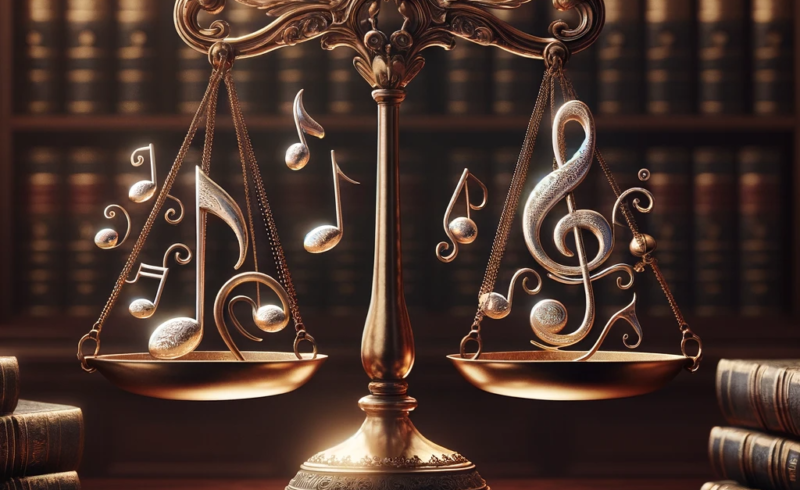
Yeah. That’ll do it.
Today’s cert-denial finishes “SAS I” and almost certainly finishes the other Structured Asset Sales case you might have seen mentioned in today’s reporting — the stayed numerosity-geared “SAS II.”
“24-981 Structured Asset Sales, LLC v. Edward Christopher Sheeran — Petition DENIED.”
The Supreme Court declined to grant certiorari and let stand the Second Circuit’s November 2024 decision affirming Judge Louis Stanton’s dismissal of Structured Asset Sales’ (SAS) composition-infringement lawsuit. Nothing remaining to latch onto — just “No.” And while much of the reporting today noted there’s another case out there, stayed and awaiting the conclusion of this one. “SAS II” is is likely dead in the water, too. I’ll explain.
| Case | Plaintiff | Basics | Result |
|---|---|---|---|
| Townsend heirs v. Sheeran (jury 2023) | Marvin Gaye co-writer Ed Townsend’s heirs | Thinking Out Loud copies the chord progression & harmonic rhythm in the sheet-music deposit copy of Let’s Get It On | Sheeran won. You might remember he played his guitar in court? |
| SAS I (the one that got cert denied today) | Structured Asset Sales (purchased a piece of Townsend’s composition share) | A lot the same as the heirs’ case — still limited to the sheet music deposit copy with a bit more focus on a selection and arrangement approach by plaintiff, but limited to the elements found on the sheet music. | Dismissed (Stanton 2023) → Affirmed 2d Cir. (2024) → Cert denied by SCOTUS (a few hours ago) |
| SAS II (stayed since 2021) | Structured Asset Sales | Relies on SAS’s 2020 supplemental PA registration of the 1973 master recording to add more elements (esp a bass line, but maybe also some less obviously compositional ones, drum feel, phrasing) and make more plausible a selection-and-arrangement claim | Stayed pending SAS I outcome; now headed for almost-certain dismissal |
In my analysis last year, I wrote that SAS’s II’s strategy was “nothing more than numerosity thinking” — an attempt to “get to a higher element count so it could fortify its selection-and-arrangement claim.” And that made all kinds of sense if not musically at least strategically. “SAS I” found itself limited to just a couple of elements that are represented on the sheet music deposit copy, which, according to ancient (1909) copyright law, defines the protectable composition in everything registered before 1972, including Let’s Get it On. It needed to contend with what the Ninth Circuit said in Led Zeppelin’s Stairway to Heaven v Taurus case: “A handful of commonplace, unoriginal building blocks—even five of them—does not amount to a protectable selection and arrangement.” (Skidmore v. Led Zeppelin, 952 F.3d 1051 (9th Cir. 2020) at 1072.) Not to say five is some magic number either — whatever number, they still need to be combined in a sufficiently original way as well. But hey, baby steps.
Today’s cert denial cements Judge Stanton’s conclusion that:
“The compositional elements SAS points to are too commonplace to be protectable and anything found only on the recording is outside the four corners of the 1909 deposit copy.”
Because that holding is now final, it precludes SAS from re-litigating the same copyright-scope question in the remaining stayed recording suit (SAS II) — “collateral estoppel” (after a point is decided, the same plaintiff can’t relitigate it.)
SAS surely hoped the Supreme Court might reopen the debate over the deposit-copy doctrine that I therefore described last year as “the first defendant in this appeal.” Had the Court granted cert, we might have seen a re-examination of whether pre-1972 sheet-music deposits should limit modern infringement claims. (Personally, I’m not sure they should. It’s a debate for another day, but today, the Court left an imperfect process untouched.)